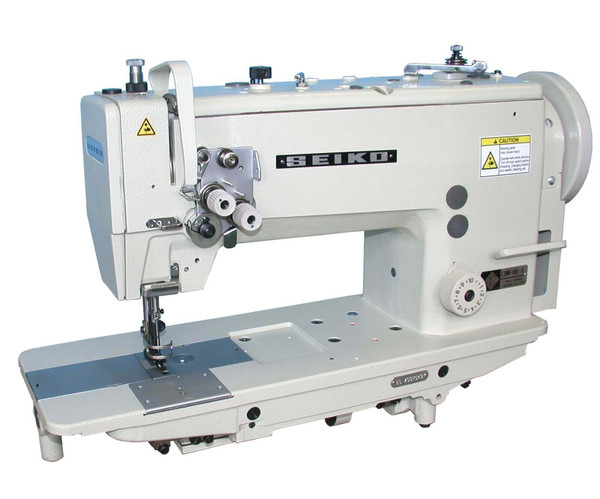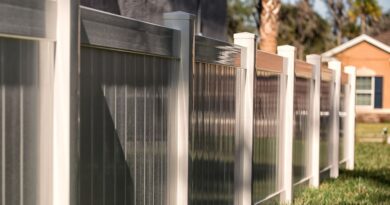Australia is home to ample natural resources, making it a perfect haven where unprocessed materials can be drawn from. The country’s vast virgin forests and mountains are home to many natural fibres that can be converted into textiles and garments. Although not the country’s main economy, these products can certainly provide a considerable boost to Australia’s national income.
It somehow became natural for Australia to make use of these resources and transform them into priced products. One way of doing so is turning these raw materials into wearable and usable fabrics such as bedsheets, clothes, curtains, carpets, and shoes. To do this, Australians must find the right people and machines to invest in and ascertain the success of this endeavour. Among these investments is finding the right industrial sewing machines in Australia.
The sewing machines we normally see at home are far different from the ones that are used industrially. The ones being utilised for commercial purposes are larger, more reliable, and can withstand long hours of use. This is to make sure that high-quality and durable products are produced. Therefore, if an Australian businessman is undertaking a dive into the textile industry, he must be familiar with the mechanisms and types of industrial sewing machines available in his country.
Types of Industrial Sewing Machines
There are generally three types of industrial sewing machines – flatbeds, cylinder-beds, and post-beds. Flatbed machines are the most common of all industrial sewing tools. They look almost similar to those that are being used at home except that they are bigger. They are mainly used for flat sewing materials such as carpets and bedsheets. The arm and the needle of this machine are pretty close to each other, hence accommodating only flat-surfaced materials.
On the other hand, Cylinder-beds are mainly used in sewing materials that have tubular or circular forms such as bags, cuffs, sofa covers, etc. The distance between the arm and the needle of this machine is a little farther from each other than those of the flatbeds. Hence its ability to accommodate curves.
Lastly, post-bed sewing machines are used for bigger and more intricate upholstery works such as shoes, tents, and car seats. Since the distance of its arm to its needle is reasonably far, this type of machine can handle bigger and more complexly designed products.
Feeding Mechanisms of Industrial Sewing Machines
Apart from the different types of industrial sewing machines in Australia, a businessman who is yet to take on a textile business venture must also consider the different feeding mechanisms of the sewing machines he is about to invest in.
One type of feed mechanism is the drop-feed. This type is the most common type that people probably see from most sewing machines at home. It mainly contains a presser foot to hold the sewn material and a feed dog to move the material as soon as the needle pulls back from it.
Another type of mechanism is the differential feed mechanism. It works so much like the drop-feed, except that two feed dogs underneath allow more room for compressing and stretching the material being sewn.
The walking-foot mechanism is optimal for sewing thicker and bulkier materials. It contains a moving presser foot that is constantly in motion while sewing is ongoing. This way, despite layer after layer of materials sewn on top of each, they still come out with smooth lacework.
Lastly, the puller-feed mechanism contains rollers that consistently pull the sewn materials back and forth. This mechanism is suitable for bigger and heavier products to make the movement as seamless and as easy as possible.








